Sarngadhar Samhita Of Sarngadharacarya
₹361.00
| Author | Dr. G. Prabhakar Rao |
| Publisher | Chaukhambha Sanskrit Sansthan |
| Language | Sanskrit & English |
| Edition | 2021 |
| ISBN | 978-9381600000 |
| Pages | 396 |
| Cover | Paper Back |
| Size | 18 x 3 x 25 |
| Weight | |
| Item Code | CSS0106 |
| Other | Dispatched in 1-3 days |
10 in stock (can be backordered)
CompareDescription
Sarngadhar Samhita Of Sarngadharacarya Sarngadhara Samhita is one of the most popular texts of Ayurveda in medieval period. It finds the place in Laghu trayee (Mini triad of Ayurvedic classical texts) alongwith Madhava Nidana and Bhava Prakasa. All these three famous books are core books of Ayurveda since all the aspects of Ayurvedic literature is covered in these treatises. It is being studied by students, teachers, practitioners and also those scholars who are interested in manufacturing of the drugs apart from M.D. scholars of Rasa Sastra and Bhaisajya Kalpana.
Sarngadhara Samhita is the compilation work of Sarngadhara son of Sri Damodara and is assigned to the late 13th and early 14th century A.D. This premier classic consists of thirty two chapters with two thousand six hundred quotations in all three sections named as prathama khanda, madhyama khanda and uttarakhanda containing seven, twelve and thirteen chapters respectively.
Prathama khanda (first section) deals with terminology, principle of drug manufacturing i.e. principles involved in right from the collection of raw ingredients to finished products; examination of pulse in physiological as well as pathological conditions, signs of auspicious and inauspicious messenger, definitions of pharmacological actions with appropriate examples, precise anatomy and physiology of the human body, digestion and metabolism alongwith human constitution and their salient features; classification and types of diseases in a lucid manner.
In madhyama khanda, the very simple preparation svarasa to very complex and compound preparations of kupipakva and pottali rasayanas are described. A good number of svarasa (expressed juice), kvatha (decoctions), ksira paka (milk processed) yavagu (thick gruel), usnodaka, pramathya, yusa, vilepi, manda, phanta (hot infusions), hima (cold infusions) kalka (paste), curna (powders), gutika (pills-tablets), avaleha (confections), sneha (medicated oil and ghee), sandhana (self generated alcoholic) preparations are described in systematic manner by incorporating the methodology i.e. ingredients and their quantity, method of preparation, dose, vehicle, pharmacological actions and indications in order to make this classic reader friendly. In the last two chapter of this section purification in incineration of the minerals and metals and rasausadhies are described.
In uttara khanda (later section), the simple and easily understandable description of sneha (unctuous) sveda (sudation) vamana (emesis), virecana (purgation), sneha vasti (unctuous enema), niruha vasti (decoction enema), uttara vasti (Urethral or vaginal enema), nasya (nasal medication), dhumapana (inhalation of fumes), gandusa-kavala (mouth gargles), lepa (topical applications), sonita visruti (blood letting) and netra prasadana (eye slaves, collyriums etc.) therapies are described.

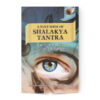
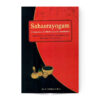



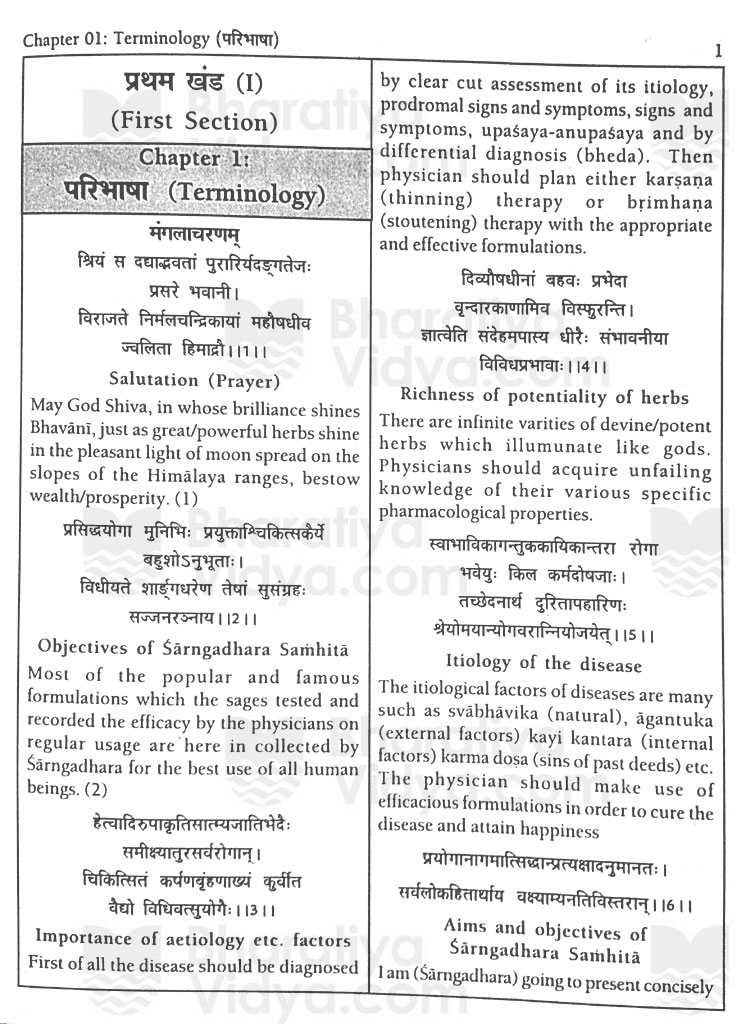
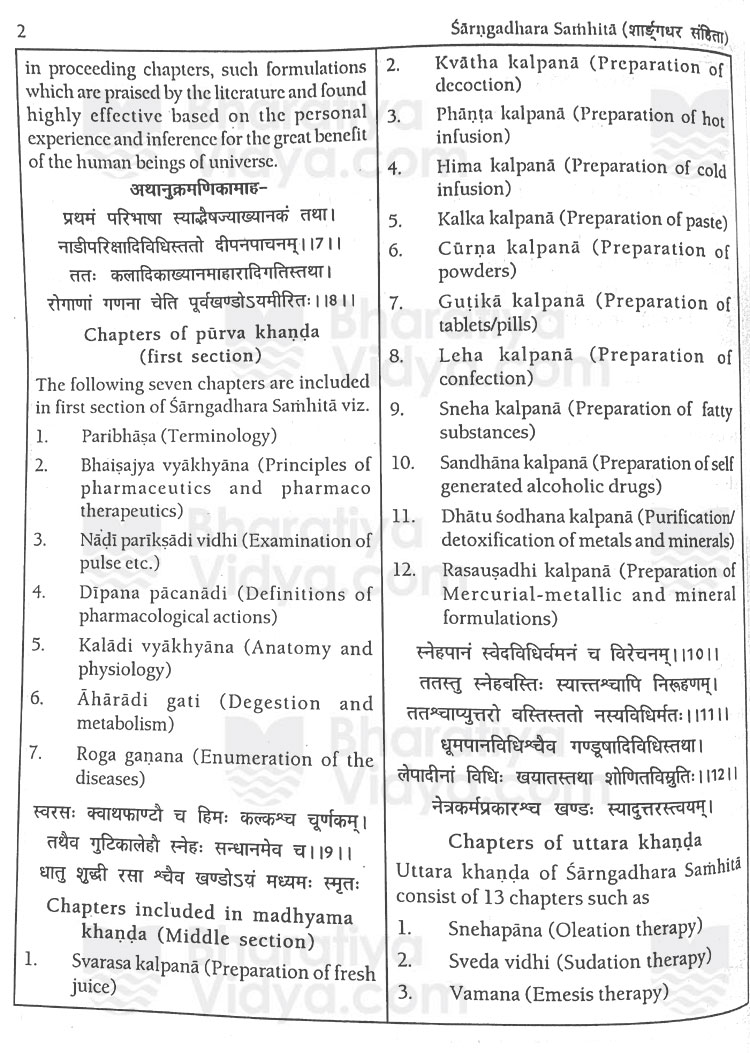

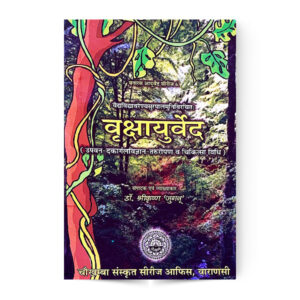


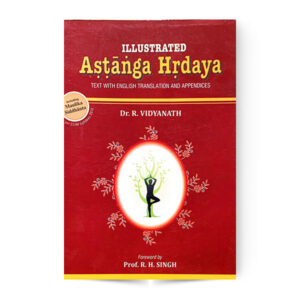
Reviews
There are no reviews yet.